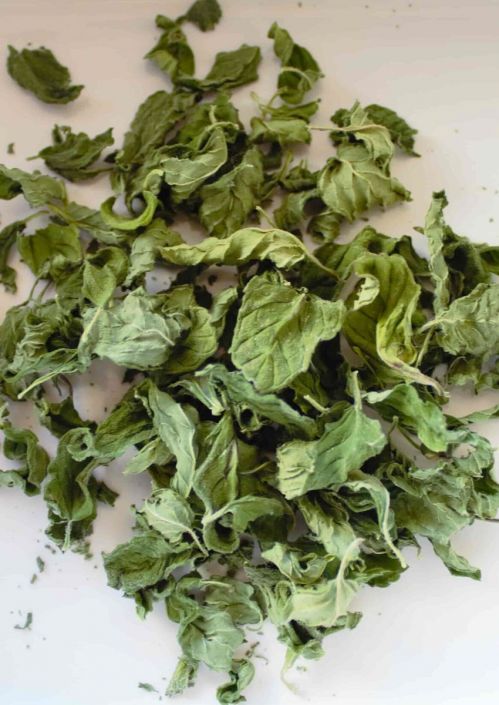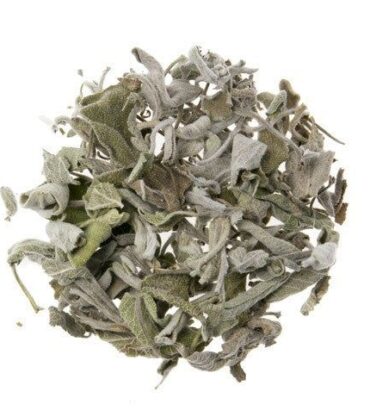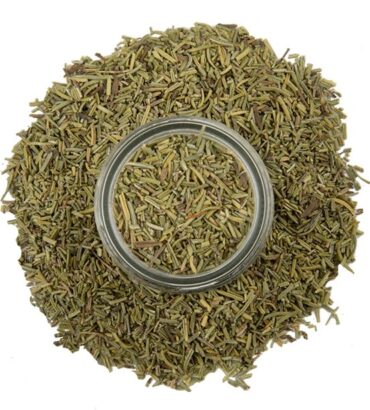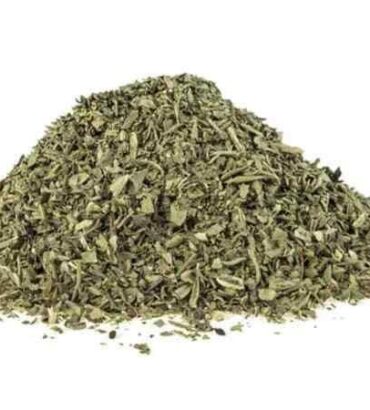Mint (Mentha spp.)
Description: Mint, belonging to the Mentha genus, is a perennial herb with a refreshing, cool flavor and fragrance. It is widely used in cooking, beverages, and medicinal applications due to its distinctive taste and therapeutic properties.
Varieties:
- Peppermint (Mentha × piperita): Known for its strong, spicy flavor and high menthol content.
- Spearmint (Mentha spicata): Milder and sweeter compared to peppermint, with a more subtle flavor.
Cultivation: Mint thrives in temperate climates and is typically grown in well-drained, moist soil. It is cultivated through rhizomes, which spread underground to form dense patches.
Harvesting: Mint is usually harvested just before or during the flowering stage when the leaves are at their peak flavor and oil content. The leaves are cut and dried or processed for various uses.
Quality Standards: For export, mint should meet high quality standards, including:
- Color: Vibrant green, indicating freshness.
- Aroma: Strong, pleasant minty scent.
- Flavor: Clean, cool taste with no bitterness or off-flavors.
- Drying: Properly dried to retain essential oils and avoid mold.
Uses:
- Culinary: Flavoring for dishes, sauces, teas, and beverages.
- Medicinal: Used in herbal remedies for digestive issues, respiratory problems, and stress relief.
- Cosmetic: Incorporated into skincare products and fragrances.
Packaging: Mint for export should be packaged in airtight containers to preserve freshness and prevent contamination. Packaging materials should be clean, durable, and suitable for maintaining the herb’s quality during transit.
Compliance: Ensure that all export mint adheres to international standards and regulations regarding agricultural exports. This includes certifications for organic or IPM (Integrated Pest Management) practices, if applicable.
Market Trends: There is a growing demand for organic and sustainably grown mint, reflecting increasing consumer awareness of health and environmental issues.







There are no reviews yet.